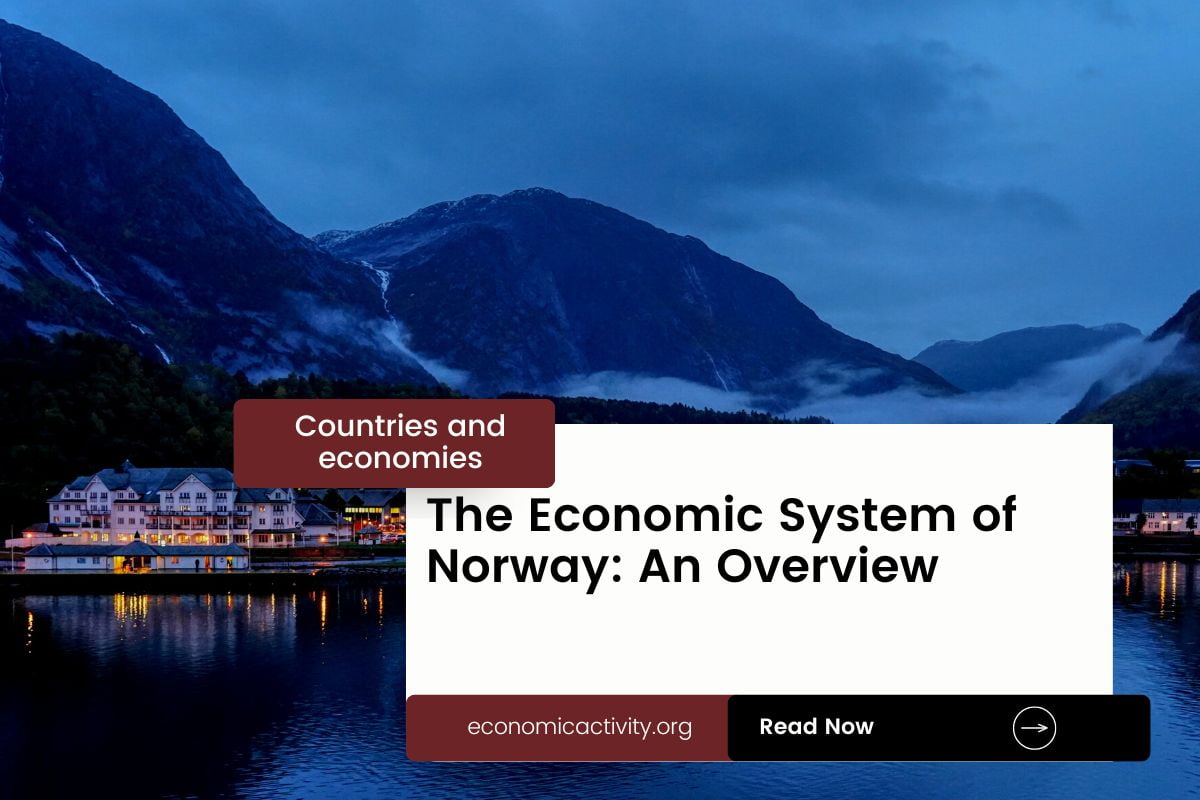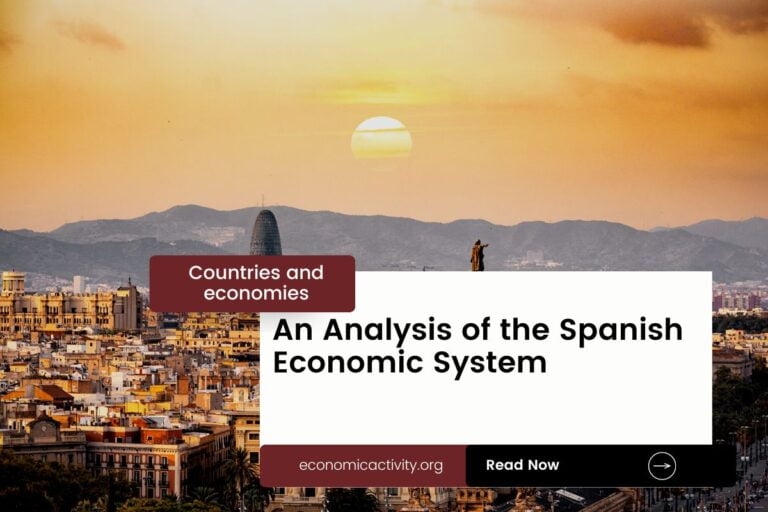What is the economic system of Norway? The economy of Norway is based on a mixed economy, that resembles a market economy. The country’s economic system combines elements of a market economy and a planned economy, individuals are free to work, produce, consume, and invest in any way they please.
Norway’s economy is heavily reliant on natural resources such as oil, gas, and fish. It also has a strong manufacturing sector, particularly in shipbuilding and technology.
In Norway, the economy comprises a private sector, consisting of individuals and businesses that make autonomous decisions based on self-interest, and a public sector, where the state determines the production and distribution of certain goods and services. No country is purely capitalist or purely communist.
What do the freedom indexes tell about the economic system of Norway?
Now, to determine if a country is mostly a market economy or a planned economy, it is useful to examine some economic indexes. For instance, according to the 2022 Index of Economic Freedom, which measures the ability of every human to control his own labor and property, Norway is ranked 14th globally and 10th in Europe indicating that the country has a mostly free economy.
In a similar way, the 2022 Freedom House index evaluates the state of political rights and civil liberties globally. Generally, market economies tend to align more with democracy and freedom, while command economies tend to be characterized by greater state control and fewer democratic and civil liberty protections. Norway gets a score of 100/100, which qualifies it as Free.
Norway is a country where the government does not control what people do for political reasons, and people have the freedom to choose (what, how much, and how to produce, whether to buy or not, selling price, etc.)
The Link Between Public Sector Employment and the Economic System of Norway
An indicator of the extent to which the State is involved in the economy is the number of public sector employees. In Norway, according to ILOSTAT, the number of public sector employees as a percentage of the total workforce is 32.2% (2020).In the country, the public sector tends to be small and efficient. As a result, the number of public sector employees as a percentage of the total workforce is low compared to other countries.
What do the biggest companies in Norway say about the country’s economic system?
The biggest company in Norway should also be looked at, as well as whether it is a state-owned or private company. In this case, Equinor is an energy company that develops oil, gas, wind, and solar power, biofuels, and other products and services. The company is mostly owned by the Norwegian state.
Norway’s private sector industries include oil and gas, shipping, fishing, and technology. Public industries include healthcare, education, and transportation.
More: Top 10 Biggest companies by revenue in Norway (2023 data)
The historical factors that have influenced the economic system of Norway
The mixed economy system of Norway is the result of a combination of factors, including the country’s natural resources, its strong social welfare system, and its commitment to free trade.
Norway’s abundant natural resources, such as oil and gas, have enabled it to become a major exporter of energy and other commodities. Its strong social welfare system has provided a safety net for its citizens, while its commitment to free trade has allowed it to benefit from global markets.





Leave a Reply